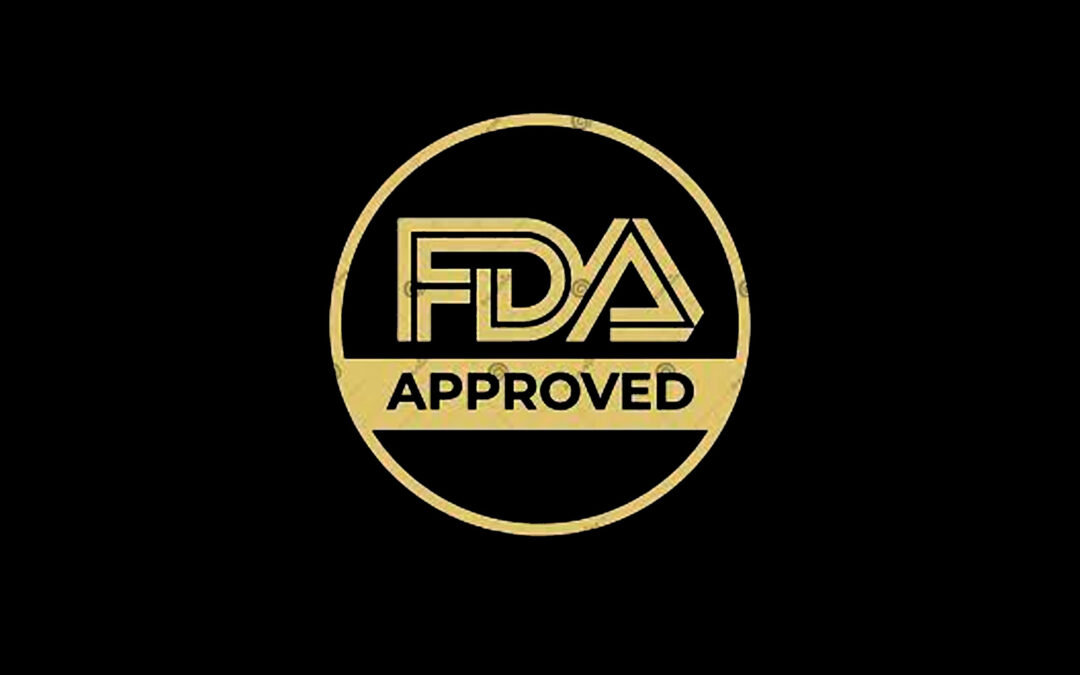Groundbreaking Technique Offers Painless Alternative to Conventional Therapies
In a monumental stride towards advanced cancer care, the U.S. Food and Drug Administration (FDA) has recently approved a novel $12,000 treatment that harnesses the power of sound waves to effectively disintegrate cancerous tumors. This pioneering therapy emerges as a gentle alternative to the often grueling regimes of radiation and chemotherapy, marking a significant turn in oncological treatment methodologies.

The Technique: Sound Wave Precision
At the core of this innovative treatment lies the use of high-intensity focused ultrasound (HIFU), a technology that deploys sound waves to target and destroy malignant cells with extraordinary precision. The process, which is non-invasive, involves focusing sound waves to a pinpointed area, raising the temperature rapidly, and causing cellular disruption in the tumor without affecting the surrounding healthy tissues.
Advantages Over Traditional Methods
The newly approved technique is particularly groundbreaking due to its non-invasive nature and its ability to offer treatment without the common, often debilitating side effects associated with traditional cancer therapies. Patients undergoing HIFU treatment can expect a significant reduction in recovery time and a swift return to daily activities, absent the systemic side effects of chemotherapy or the localized harm of radiation.
Cost and Accessibility
Priced at $12,000, the treatment is poised to be a cost-effective option when compared to the cumulative expenses of conventional cancer therapies, which can include the cost of the treatment itself along with the ancillary expenses related to side effect management and prolonged hospital stays.
Patient Experience
Early testimonials from clinical trial participants reveal a positive reception, with many patients highlighting the absence of pain during the procedure and the convenience of outpatient treatment settings. One patient, reflecting on the ease of the procedure, shared, “It was like going in for an X-ray. No pain, no anesthesia, and I was back home in time for dinner.”
FDA’s Stance
In its approval announcement, the FDA underscored the rigorous evaluation process that preceded the sanctioning of this treatment. “The FDA is dedicated to advancing health through innovations that can provide more effective treatment options,” a spokesperson mentioned. “This approval offers a new horizon for patients with certain types of cancer.”

The Road Ahead
As the medical community and cancer patients alike welcome the FDA-approved sound wave therapy, researchers continue to explore its applications across various types of cancer. The compelling combination of efficacy, patient comfort, and lower costs promises to position HIFU as a mainstay in cancer treatment protocols.
Conclusion
With the FDA’s nod to sound wave therapy, the future for cancer treatment shines brighter. It is a step forward that may reshape cancer therapy, providing a beacon of hope for those battling the disease. The success of this technique could herald a new era where cancer treatment is not only about survival but also about preserving quality of life during and after the battle with cancer.

